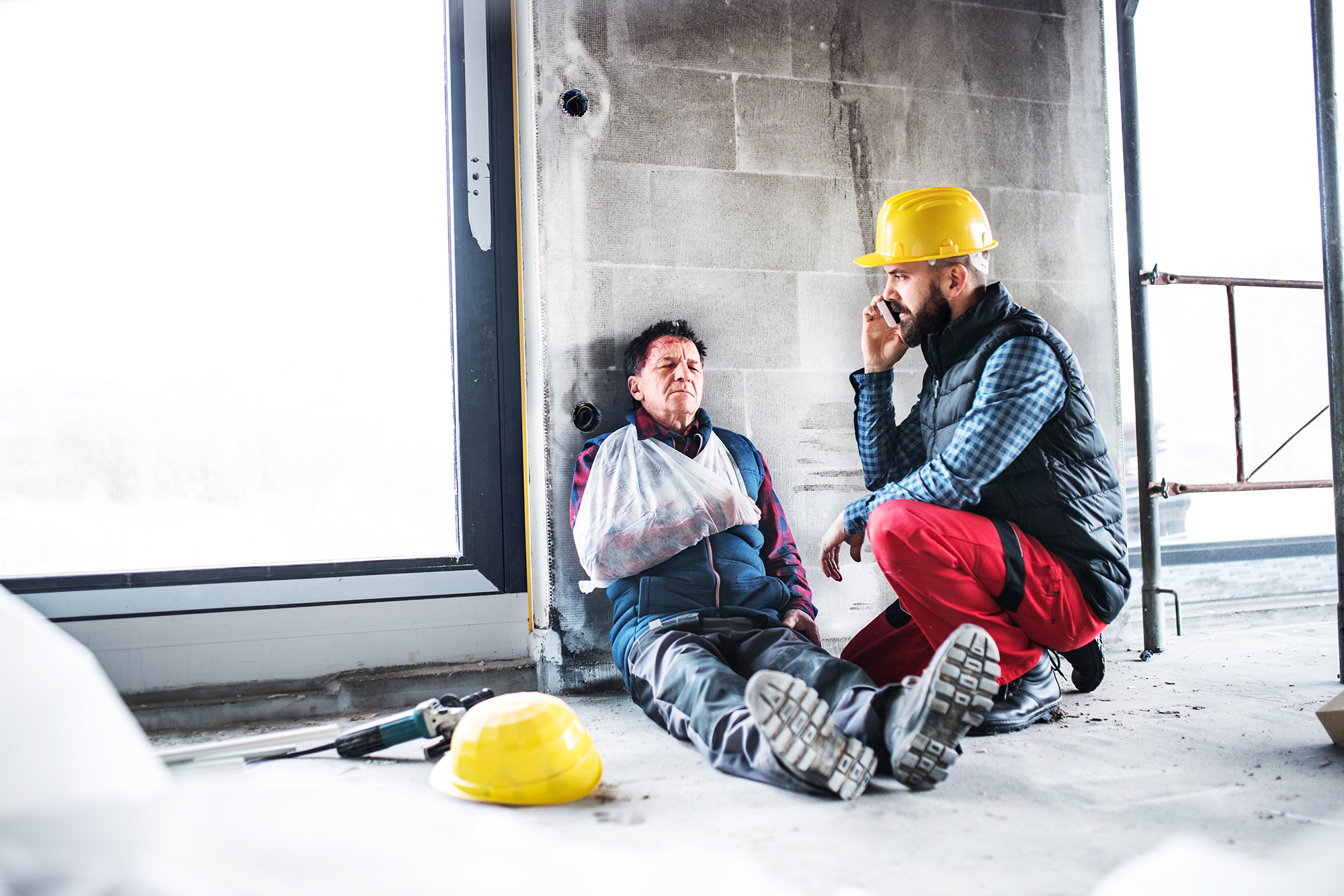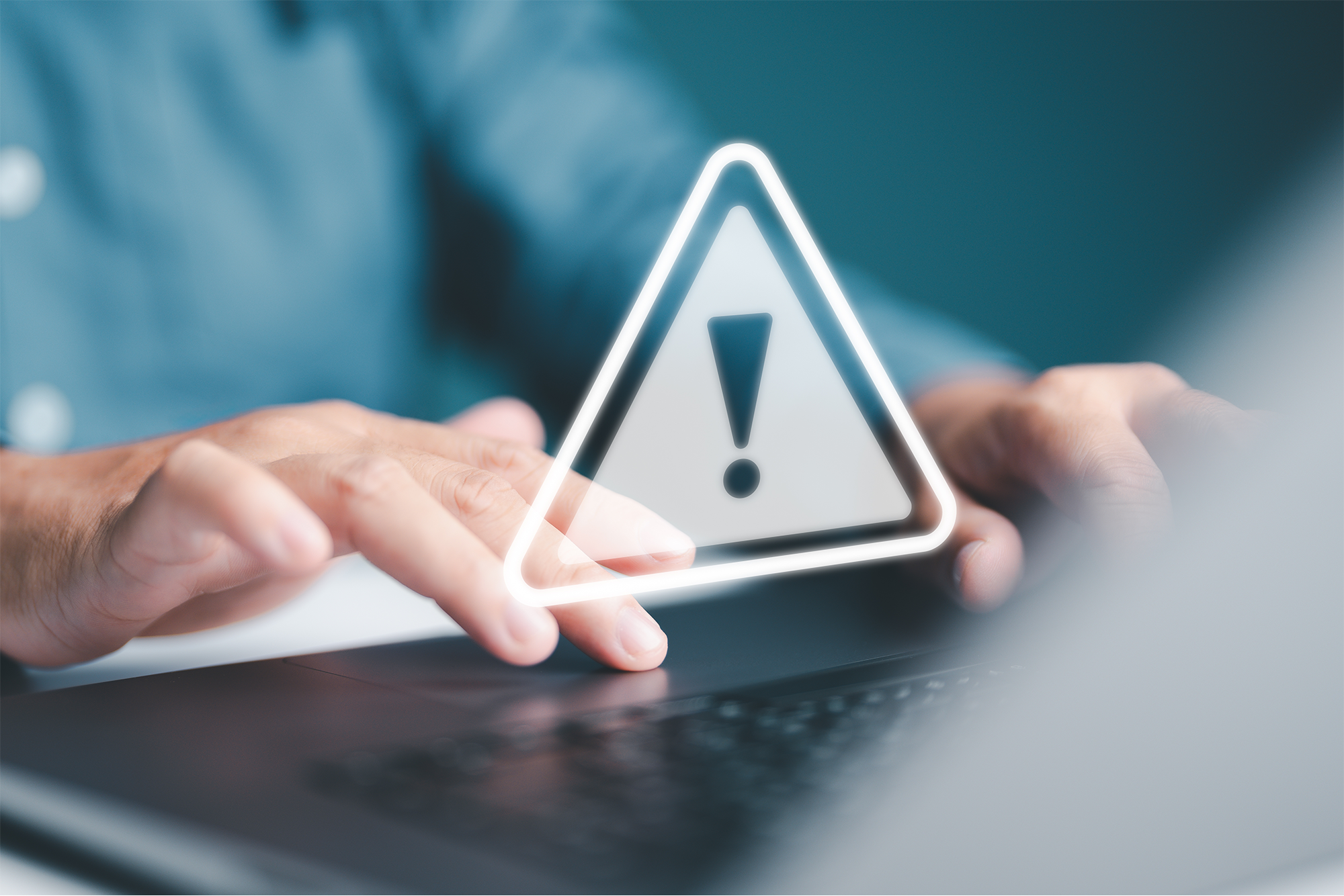Protect Yourself with Flame-resistant Gear
Flash fires are fires that spread rapidly through a diffuse fuel, such as dust, gas or the vapors of an ignitable liquid, lasting up to five seconds. Flash fire incidents can result in serious burn injuries and fatalities, so it is important to take steps to protect yourself. Flame-resistant clothing (FRC) greatly improves your chance of surviving and regaining quality of life after a flash fire. You should wear your FRC when there is a high risk of flash fire.
What is FRC?
The term “flame-resistant clothing” refers to any type of clothing with a flame-resistant or flame-retardant treatment.
Who is at Risk?
Anyone involved in drilling, servicing and production-related operations could be at risk of injury by flash fire.
When am I at Risk?
Flash fires happen more often when the drilling process hits zones of hydrocarbons and gas because the pressure from underground could push fluids up to the drilling rig floor. This can easily lead to flash fires.
- Whenever your site will be drilling into identified gas or hydrocarbon zones, put on FRC before drilling begins.
- When there is a history of fluid or gas kicks from underground, wear proper FRC.
- Wear FRC until the final casing is cemented and the well is effectively closed.
Your supervisor will also determine whether it is appropriate to wear FRC when carrying out well-servicing, workover or production-related operations. Check with your supervisor before beginning these operations.
Maintaining your FRC
- Follow the manufacturer’s instructions for maintaining and storing your FRC.
- If there is anything preventing you from maintaining your FRC, inform your supervisor.
- Before putting on FRC each time, verify that it has no damaged parts and is completely free of tears or areas of wear.
- If you suspect your FRC might be defective for any reason, tell your supervisor immediately.
We are Your Resource
We ask that you wear FRC because we want you to be as safe from injury as possible. If you have any concerns, do not hesitate to talk to your supervisor – at , your well-being is our first priority.
© 2014, 2019, 2021 Zywave, Inc. All rights reserved.
About the Author
Share This Story
Related Blogs
OSHA’s Safe and Sound Week Scheduled for Aug. 12-18
Each year, more than 5,000 workers are killed on the job. Additionally, more than 3.6 million employees are seriously injured each year while at work. Because of this, the Occupational Safety and Health Administration (OSHA) holds a nationwide event each August called Safe and Sound Week, which promotes the importance of companies incorporating safety and health programs into their workplace. This year, the event runs Aug. 12-18, 2024.
2024 Midyear Market Outlook: Workers’ Compensation
Profitable underwriting results have generated favorable conditions across the workers’ compensation insurance market for nearly a decade. According to the National Council on Compensation Insurance (NCCI), the segment produced combined ratios of 84.5 and 84.9 in 2022 and 2023, respectively, demonstrating continued profitability.
CrowdStrike, the Most Important Cyber Accumulation Loss Event Since NotPetya, Highlights Single Points of Failure
In what is being called “the most important cyber accumulation loss event since NotPetya,” the July 19, 2024, global technology outage (CrowdStrike) will produce scores of insurance claims across a range of policies, test cyber policy wordings,and sharpen the industry’s focus on single points of failure.







